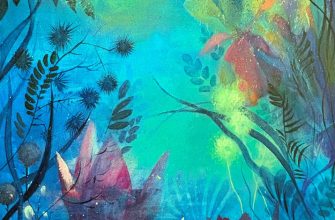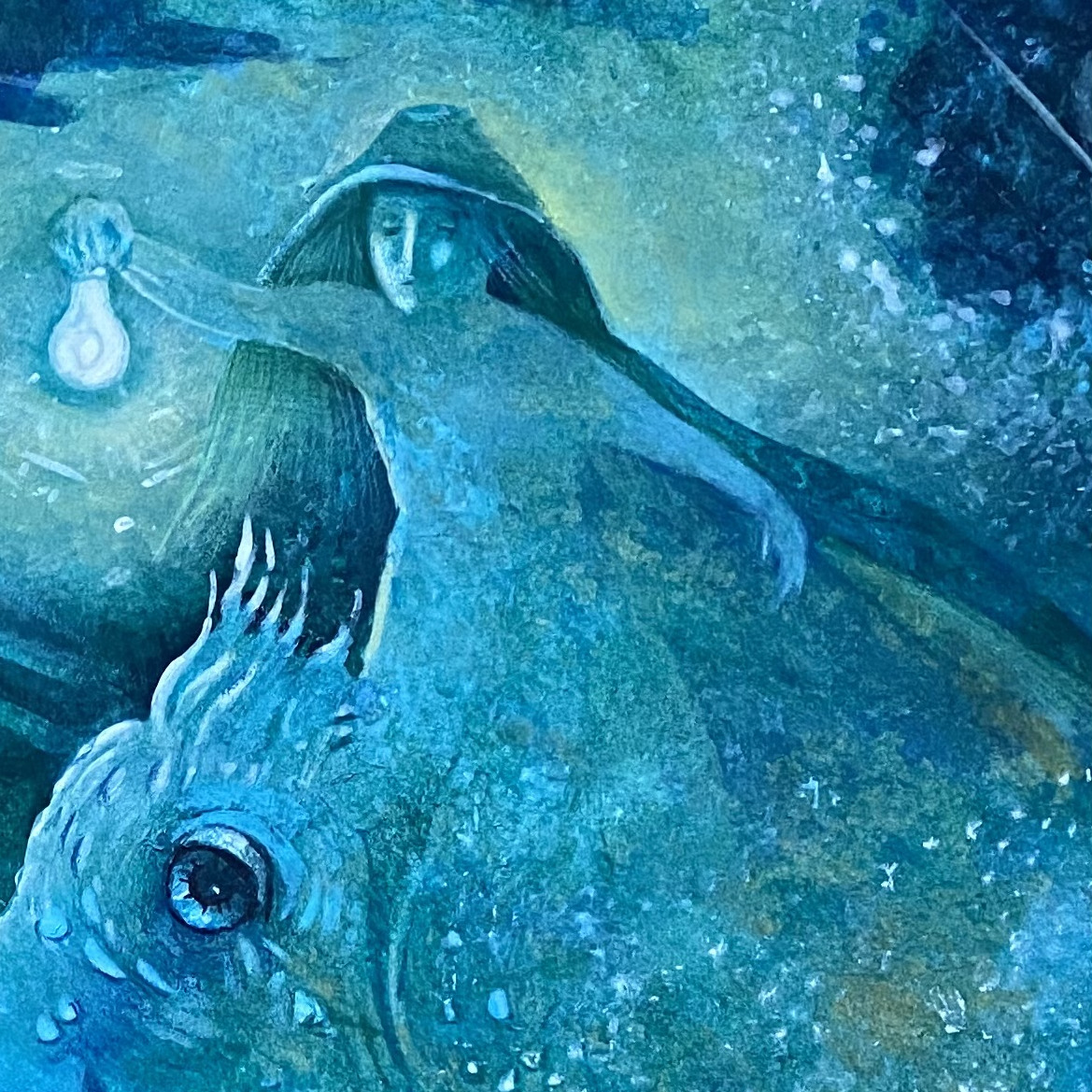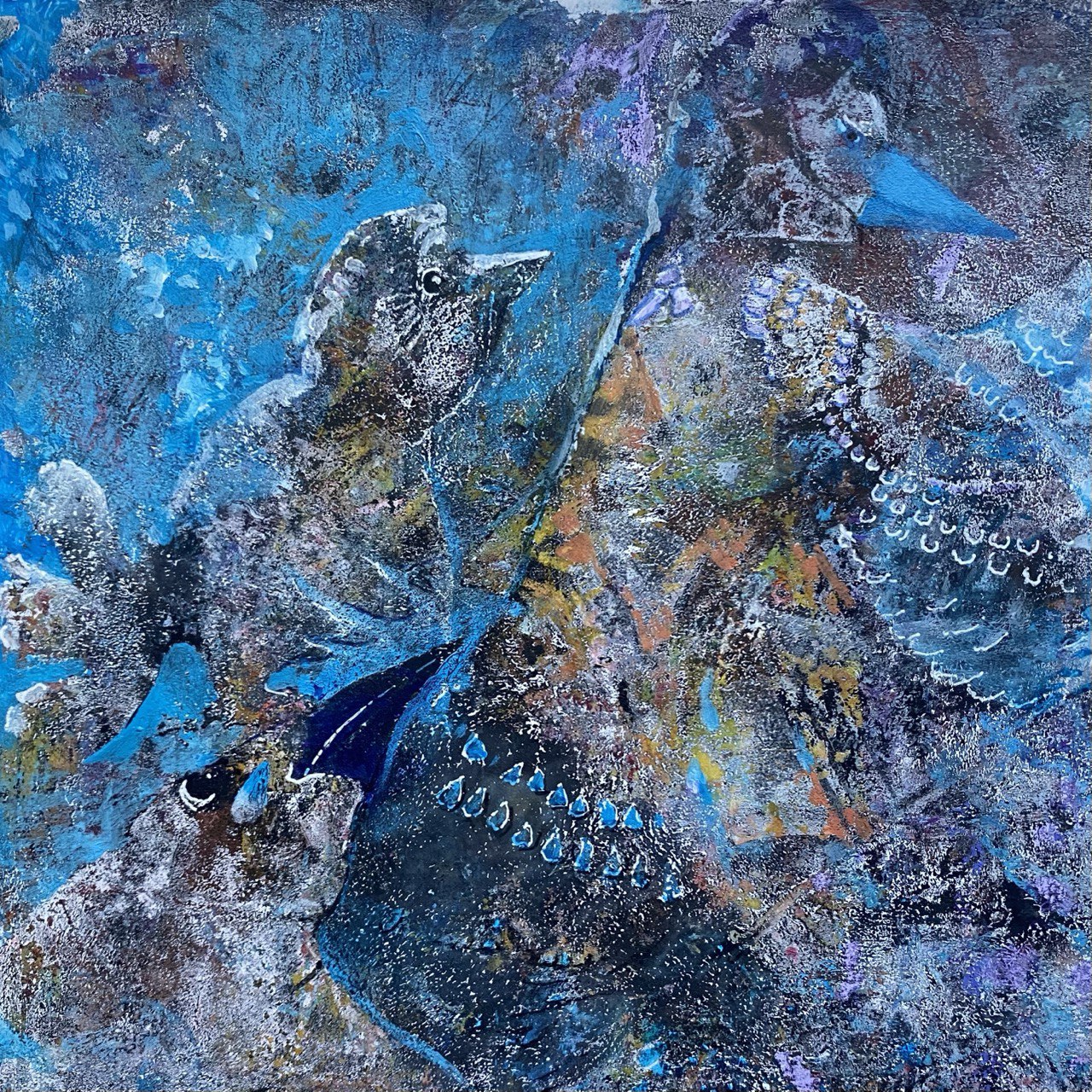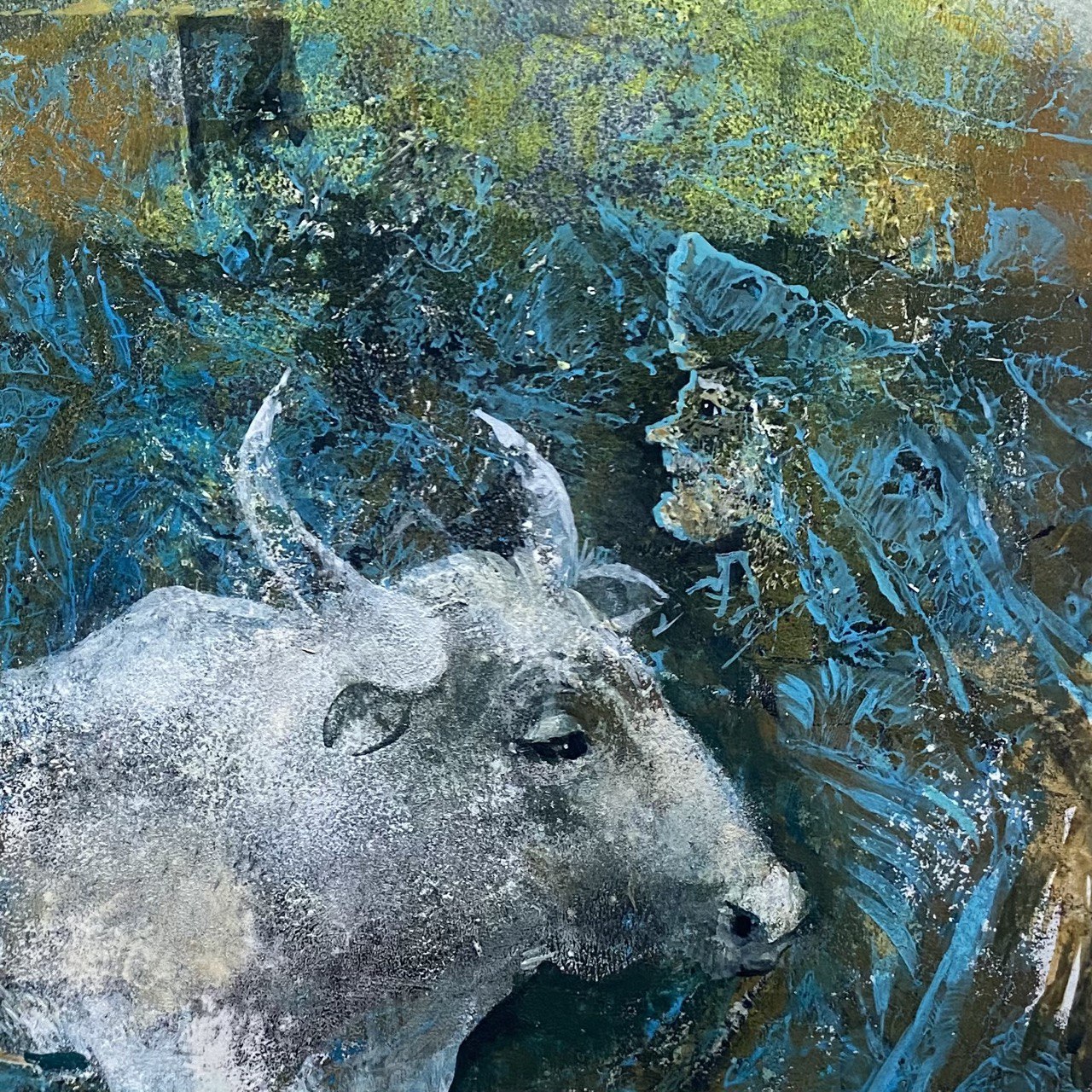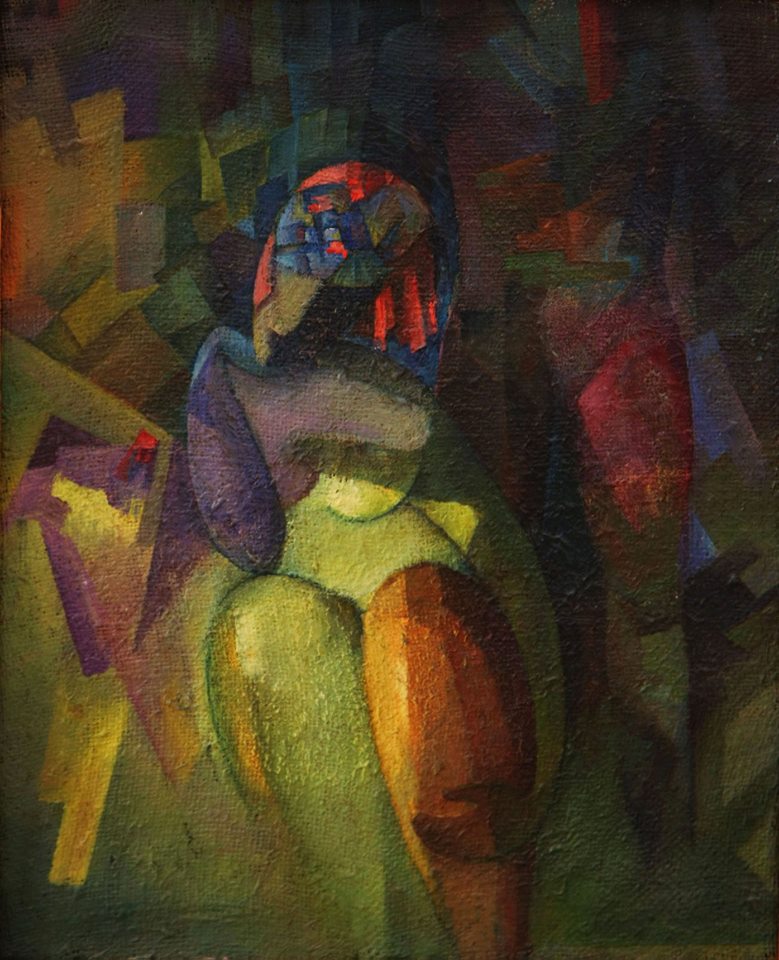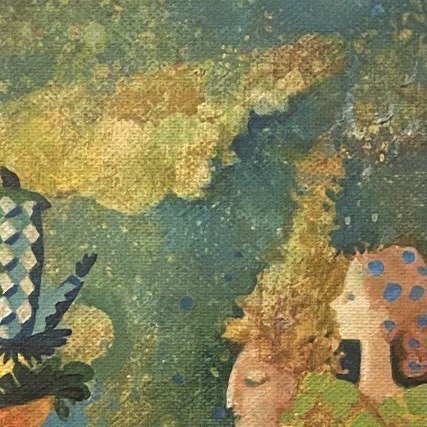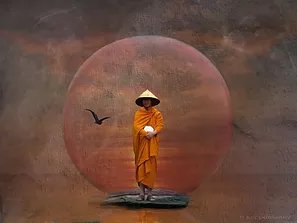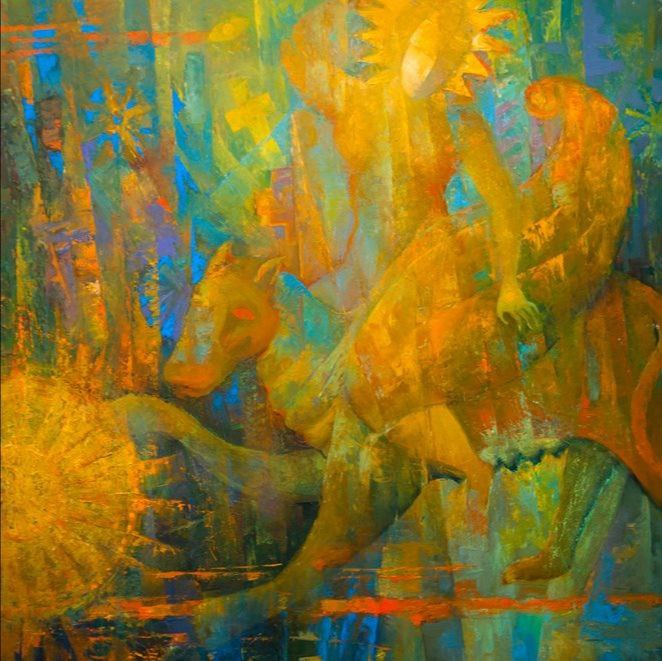 The summer solstice is the culmination of the Sun’s yearly cycle. In a way, it can be compared to a full moon. Just as the full moon is the midpoint of the lunar cycle and the peak of lunar power, the summer solstice fully reveals the power of the Sun. A few facts:
The summer solstice is the culmination of the Sun’s yearly cycle. In a way, it can be compared to a full moon. Just as the full moon is the midpoint of the lunar cycle and the peak of lunar power, the summer solstice fully reveals the power of the Sun. A few facts:
1. It’s commonly believed, that the solstice always occurs on June 21st. But that’s not always the case. . In the 21st century, it usually falls on June 21st, but about one-third of the time it’s on June 20th. In the 20th century, it occurred almost equally on June 21 and June 22. Time zones also affect the exact date.
2. For several days before and after June 21st, the Sun’s height at noon remains nearly unchanged — in other words, the Sun “stands still.” That’s where the word solstice comes from (Latin: sol – sun, sistere – to stand still).
3. During this period, the Sun reaches its highest point. It rises at the most northeastern point and sets at the most northwestern point. This means it’s in the sky as long as possible, giving us lots of light and making the day the longest. This allows us to see better, be more active, achieve more, and get things done.
4. Everything mentioned above applies to the Northern Hemisphere. In Australia, of course, people aren’t walking upside down — but for them, it’s the winter solstice, and the daylight is shortest.
5. The highest point the Sun reaches is called the Tropic of Cancer. It’s one of the five major lines of latitude we learned in school (the two polar circles, the two tropics, and the equator). It’s called the Tropic of Cancer because the Sun enters the first degree of the Cancer zodiac sign at that moment (while the Tropic of Capricorn marks the winter solstice and the Sun’s entry into the Capricorn sign).
6. The word “tropic” literally means “turn.” The solstice is also called a pivot point of the Wheel of the Year. From this point on, the Sun begins to “descend,” and daylight gradually shortens.
7. Yes, the Sun is currently in the constellation of Gemini, but zodiac signs are not defined by the Sun’s actual location or the size of the constellations. Instead, they are based on the turning points of the year — the equinoxes and solstices. The zodiac starts with Aries at the spring equinox. Cancer begins at the summer solstice, Libra at the autumn equinox, and Capricorn at the winter solstice. These four are called the cardinal signs and mark turning points in the Sun–Earth cycle.
8. At the moment of the Sun’s ingress (entry) into Cancer, astrologers construct a chart used to forecast the next quarter (until the autumn equinox). These are mainly regional or national forecasts.
9. The idea of the tropic as a turning point exists in many cultures. In China, the half-year from the winter to the summer solstice is associated with yang energy – male, active, bright. The half-year from summer to winter is linked to yin – female, receptive, dark. Hindus believe that the time before the summer solstice is more conducive to spiritual growth. And the Celtic Wheel of the Year probably needs no introduction.
10. This day has been celebrated vividly and festively in many cultures. The Slavic holiday of Kupala Night is associated with the solstice, even though in Ukraine it’s celebrated two weeks later due to the switch to the Gregorian calendar. The main ritual involves large bonfires, which symbolically continue to shine during this shortest night, in place of the Sun.
So what should you do on the Solstice?
That will depend on which culture you associate yourself with. You can light bonfires and jump over them to cleanse yourself, or you can burn an effigy to carry away all misfortunes. You can dance in circles, or head to a nighttime sauna. You can gather herbs or weave flower crowns. You can watch the Sun rise over the Heel Stone at Stonehenge (now even online), or admire the beam of sunlight that enters the “astronomical cave” in the city of Xochicalco in Mexico. And you can also observe whether there are places in your home or apartment where sunlight only shines during the solstice — and that will be your own personal Stonehenge. 🙂
What you definitely can and should do:
- Rejoice in the light
- Give thanks for life
- Make wishes
By the way, in 2021, the most important moment falls on June 21 at 6:32 a.m. Kyiv time.
Happy Solstice! May the sunlight help you bring your dreams to life, feel every cell of your being, rejoice in life, and love deeply!
Thanks to artist Elena Chelnokova for conveying the power of the Sun in the illustration.
And follow my channels on Telegram and Instagram: t.me/neboznanie and @asknebo, so you don’t miss any astro-updates.


